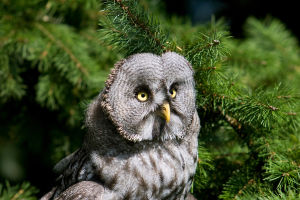Flamingos mainly inhabit the shallow waters of warm tropical saline lakes, swamps, and lagoons, and live in a variety of saltwater and freshwater habitats, such as estuaries, tidal flats, and coastal or inland lakes, mainly by filter-feeding algae and plankton living creatures.
Flamingos like to live in groups, usually in piles and rarely alone. The little flamingos in Africa are the largest flocks of birds in the world today. Flamingos are mild-mannered, usually timid, and cautious in fear of people, so it is difficult for humans to approach them and can only observe them from a distance.
Greater flamingos generally eat shellfish, which are rich in pigments such as carotenoids. Flamingos feed on shrimp, clams, insects, algae, etc. When the flamingo devours these foods, these pigments are stored in the bird's body, especially in the feathers, which is why the flamingo's feathers are bright red.
The curved shape of the beak of flamingos is caused by their living environment and living habits. Flamingos live mostly in saltwater lakes and swamps, and mainly rely on filter-feeding algae and plankton for food. Since these foods are very dispersed, such a curved mouth makes it easier for them to scoop the food out of the water in a concentrated manner. Over time, the flamingo's beak gradually became this thick and short shape.
Flamingos usually face down when foraging, with their mouths turned upside down, sucking shrimp, clams and other food in the water into their mouths, and then expel excess water and inedible dregs from the edge of their mouths. Young flamingos do not have such complex mouths when they are first born, and it takes about 10 weeks for them to develop such curved filters, before they must rely on their parents for feeding.


